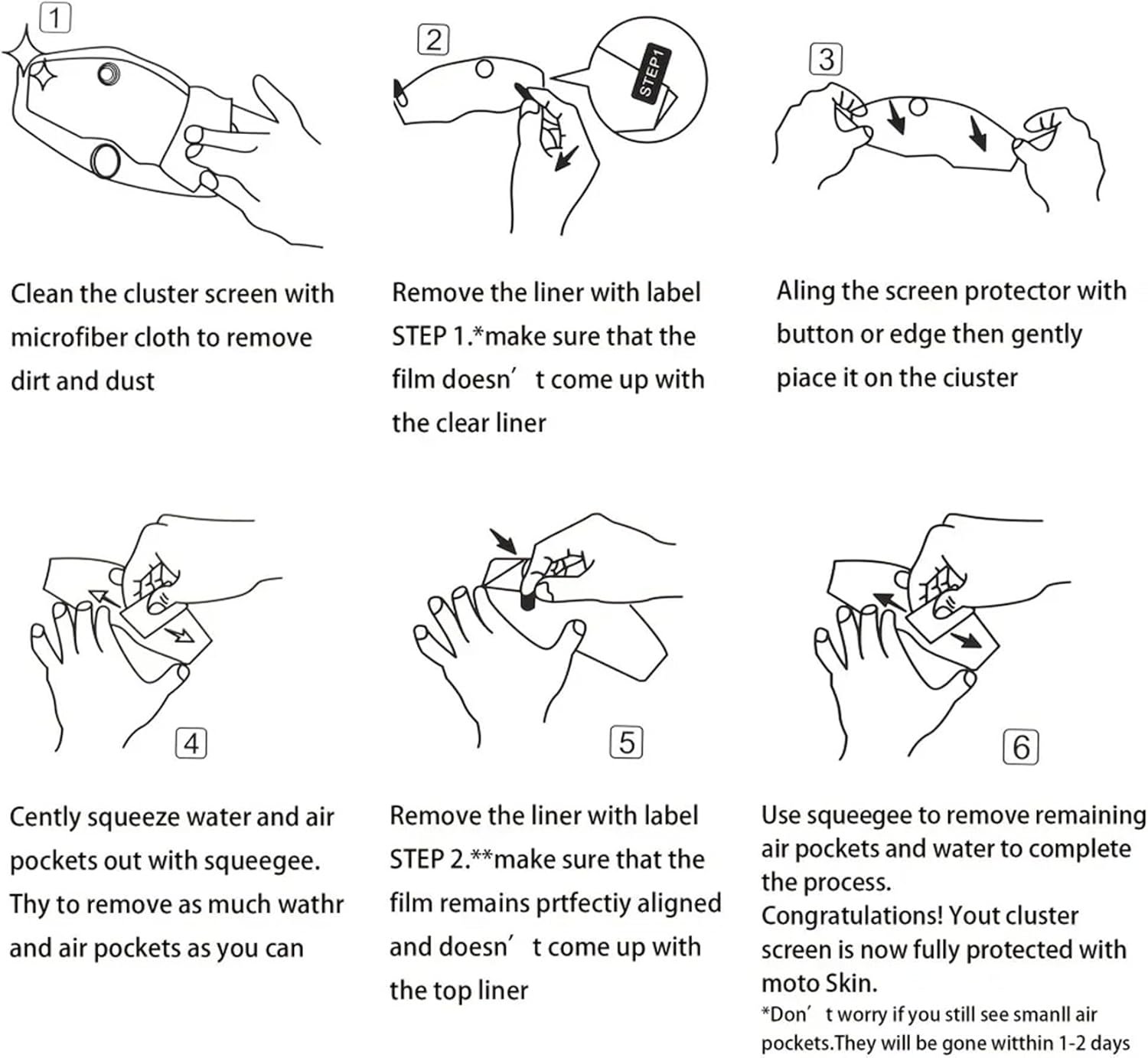Tempered glass is widely used in various applications due to its unique properties. Here are its main advantages and disadvantages:
Advantages of Tempered Glass
- Enhanced Strength
- Tempered glass is about four to five times stronger than regular glass, making it more resistant to impacts, bending, and thermal stress.
- Safety Features
- When tempered glass breaks, it shatters into small, blunt pieces instead of sharp, jagged shards. This minimizes the risk of serious injury, making it a popular choice for car windows, shower doors, and public buildings.
- Thermal Resistance
- Tempered glass can withstand high temperatures and sudden temperature changes, making it suitable for applications like oven doors, kitchen backsplashes, and glass doors in buildings with fluctuating temperatures.
- Scratch and Impact Resistance
- It is more scratch-resistant than standard glass, which helps maintain its clarity and durability in high-traffic or high-use areas.
- Versatile Applications
- Thanks to its durability and safety profile, tempered glass is widely used in car windows, shower enclosures, office partitions, building exteriors, and even smartphone screens.
Disadvantages of Tempered Glass
- Complete Shattering on Impact
- Tempered glass shatters completely when it breaks, which can compromise visibility or structural integrity in certain applications. This is why it isn’t used for windshields, where visibility and keeping the glass in place are critical.
- Cannot Be Cut or Modified
- Once tempered, this type of glass cannot be cut, drilled, or altered in shape without breaking. It must be manufactured to the exact size and shape needed, which can be limiting for projects requiring customization or on-site modifications.
- Higher Cost than Regular Glass
- Tempered glass is generally more expensive than standard (annealed) glass due to the additional processing it undergoes. For large-scale projects or budget-constrained applications, this added cost can be a disadvantage.
- Vulnerability to Edge Damage
- While the surface of tempered glass is strong, its edges are relatively vulnerable to chips and cracks. A small impact on the edge can lead to sudden and complete shattering, which is a concern in some applications.
- Limited Soundproofing
- Tempered glass does not provide as much sound insulation as laminated glass, which contains a plastic layer that helps absorb sound. This can be a drawback in settings where noise reduction is important, like office spaces or residential buildings near busy areas.
Summary Table
| Advantages | Disadvantages |
|---|---|
| Enhanced strength | Complete shattering on impact |
| Safety when breaking | Cannot be cut or modified post-tempering |
| High thermal resistance | Higher cost than regular glass |
| Scratch and impact resistance | Vulnerability to edge damage |
| Versatile for many uses | Limited soundproofing |
In conclusion, tempered glass is an excellent choice where strength, safety, and thermal resistance are required. However, it may not be suitable for applications needing soundproofing, on-site adjustments, or where partial shattering (as opposed to complete) is beneficial.



